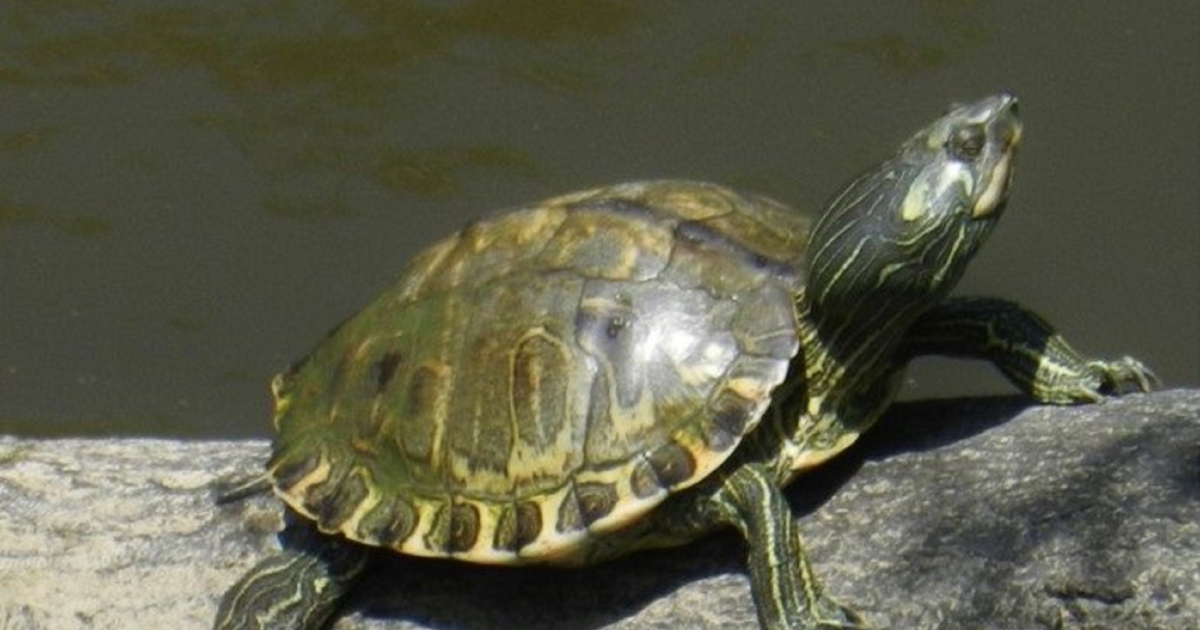Service Lists Pearl River Map Turtle as Threatened
On July 12th, the U.S. Fish and Wildlife Service released a final rule designating the Pearl River map turtle as threatened under the Endangered Species Act with a tailored 4(d) rule for take prohibitions. This rule goes into effect on August 12, 2024. Read the final rule here.
This rule lists four other map turtle species as threatened – the Alabama map turtle, Barbour’s map turtle, Escambia map turtle, and Pascagoula map turtle. These four map turtle species look very similar to the Pearl River map turtle, and difficulties differentiating between the species can pose a challenge for federal and state wildlife law enforcement to protect the Pearl River map turtle from illegal collection, which is a key threat to the species due to the domestic and international pet trade. The four similar map turtle species are listed under section 4(e) “similarity of appearance” rule of the ESA, which will prohibit take by collection, capture, or trapping but will not prohibit incidental take resulting from otherwise lawful activities.”
When the turtle was proposed for listing in 2021, the 4(d) rule included incidental take exceptions for forest management activities such as construction and maintenance near and in streams, pesticide and herbicide use, and other silviculture practices implemented in accordance with best management practices (BMPs). The final rule removed the exceptions for construction, maintenance, and pesticide and herbicide use, but retained the exceptions for forest management activities implemented in accordance with state-approved BMPs.
Both the proposed rule and the final rule appropriately recognized the value of forestry BMPs for the map turtle by stating:
“Overall, voluntary BMPs related to forest management activities conducted on private lands throughout the riparian corridor of the Pearl River drainage have provided a significant foothold for Pearl River map turtle conservation. As a result of high BMP compliance in these specific areas, nonpoint source pollution associated with forest management practices is not a major contributor to impacts on the species.”
Read FLA’s comments on the proposed rule here.
